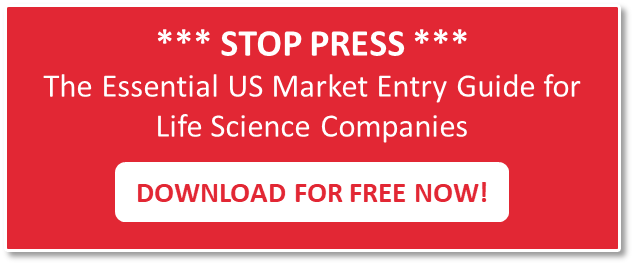In today’s global market, understanding certification marks and regulatory standards is crucial for companies operating internationally. This article breaks down the differences between certification marks in the UK, Europe, and the US, focusing on their significance, processes, costs, and implications for businesses.
CE Marking in Europe
The CE mark indicates that a product complies with EU safety, health, and environmental protection standards. It’s mandatory for certain product categories, such as electronics and medical devices. The CE mark provides market access, consumer confidence, and legal compliance.
- Self-certification is possible for lower-risk products, with costs ranging from €100 to €1,000 and timescales of a few weeks.
- Third-party certification is required for higher-risk products, with costs ranging from €3,00 to €20,000 and timescales of 4-12 weeks.
UKCA Marking
After Brexit, the UK introduced the UKCA mark, replacing the CE mark for goods marketed in Great Britain. The UKCA mark ensures compliance with UK regulations, which may differ from EU standards.
- The process for UKCA marking involves determining applicability, risk assessment, testing, technical documentation, and declaration of conformity.
- A transition period is in place until December 2024, allowing companies to use the CE mark alongside the UKCA mark.
CE & UKCA Marking Process
- Determine Applicability (EU directives)
- Risk Assessment
- Testing & Compliance
- Technical Documentation
- Declaration of Conformity
- Affix CE Mark
US Certification Marks
In the US, various certification marks are used, including:
- UL Mark: Indicates safety and compliance with specific standards set by Underwriters Laboratories. Costs range from $3,000 to $10,000, with timescales of 4-12 weeks.
- FCC Mark: Signifies compliance with regulations governing electromagnetic interference for electronic devices. Costs range from $1,000 to $10,000, with timescales of 4-12 weeks.
- EPA Certification: Indicates compliance with environmental protection standards set by the Environmental Protection Agency. Costs range from $5,000 to $30,000, with timescales of 3-12 months.
- CSA Mark: Indicates compliance with North American safety standards and is recognized in both Canada and the US. Costs range from $3,000 to $15,000, with timescales of 4-10 weeks.
Key Differences Between Regions
- Regulatory environment: The EU and UK have a more centralized approach, while the US has a more fragmented regulatory environment.
- Market access: The CE mark provides seamless access to the EEA, while the UKCA mark is required for products sold in Great Britain.
- Consumer assurance: All certification marks provide assurance of safety and compliance, but may vary in scope and requirements.
Conclusion
Understanding certification marks and regulatory requirements is essential for companies operating internationally. By ensuring compliance with relevant standards, companies can navigate the complexities of international markets and build consumer trust.
Disclaimer: The information provided in this article is for general informational purposes only and should not be construed as professional advice. Readers should not rely on any information contained herein as a substitute for professional guidance and should seek independent expert assistance when making decisions related to transfer pricing or US expansion.

